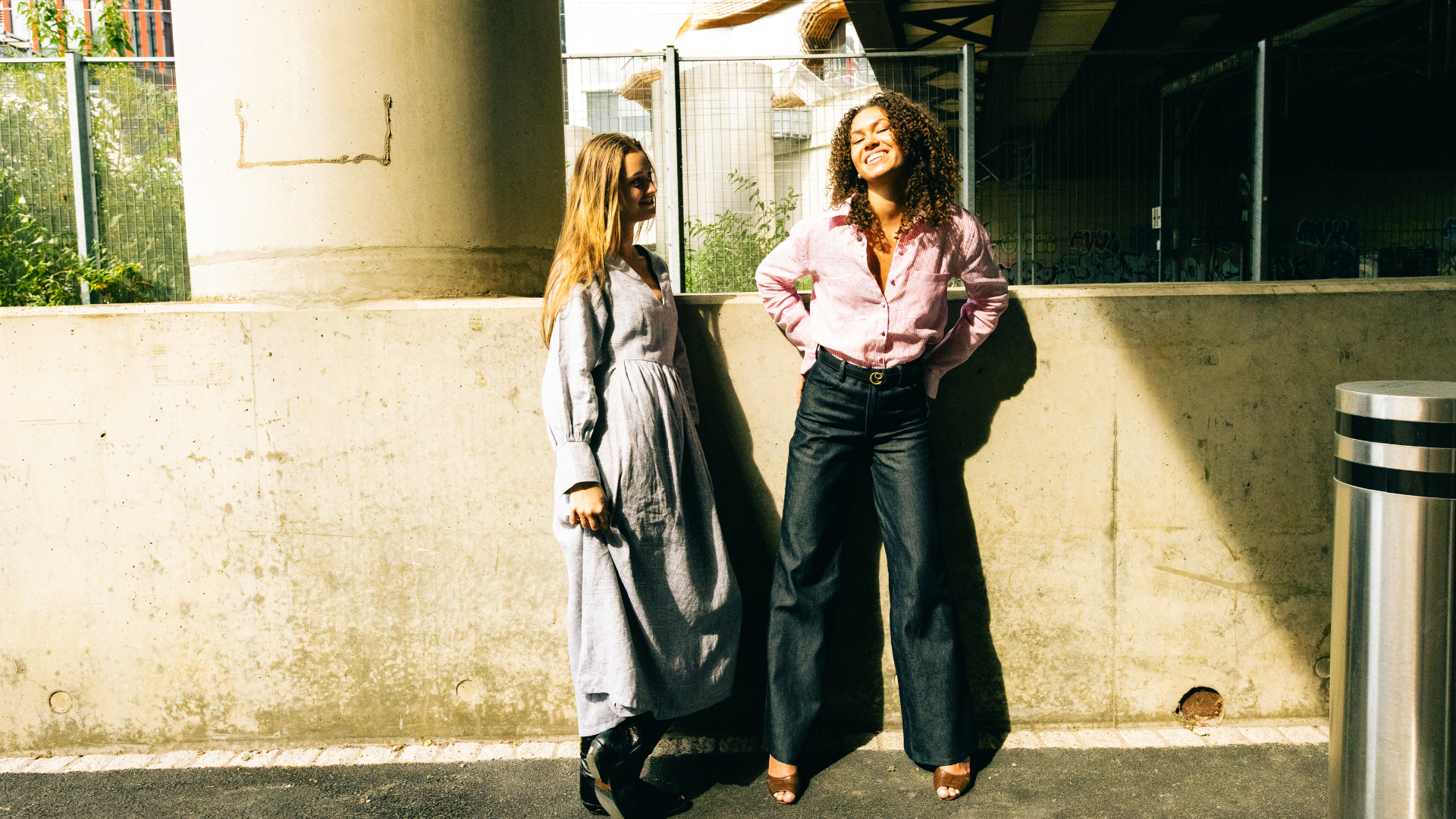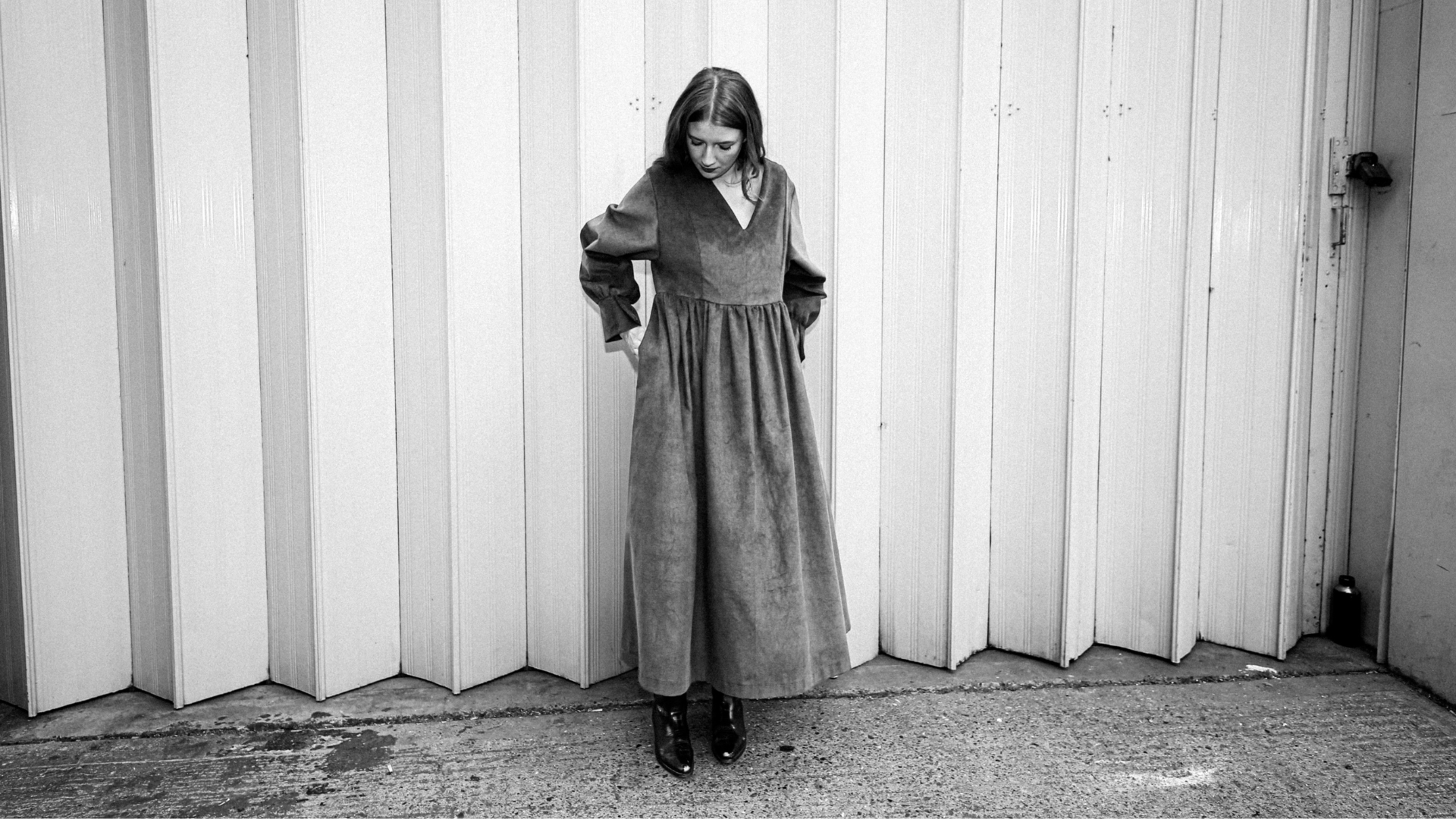
The Three Pillars of the Slow Fashion Movement
The slow fashion movement is more than just a fleeting trend; it is a transformative cultural shift redefining how we create, buy, and cherish our clothes. Unlike fast fashion, known for its quick cycles, low prices, and vast waste, slow fashion is rooted in three fundamental pillars: circularity, community, and longevity. These pillars challenge us to rethink fashion in ways that value sustainability, ethics, and durability over disposability.
They serve as guiding principles for brands striving to produce responsibly and for consumers seeking to engage thoughtfully with their wardrobes. In this article, we will explore each pillar, its significance within the slow fashion movement, and how together they create a movement that is reshaping the industry for the better.
Pillar One: Circularity, Not Waste
What Does Circularity Mean in Slow Fashion?
Circularity in fashion means designing and producing clothes with the full lifecycle in mind aiming to keep materials in continuous use and minimize waste. It rejects the traditional linear model (take, make, dispose) in favor of reclaiming, recycling, and reinventing fabrics and garments.
This approach ensures that even after a garment’s initial use, its materials are given new life, thereby closing the loop and preventing textile waste from piling up in landfills or polluting the environment.
Why Fast Fashion Fails on Circularity
Fast fashion’s business model centers on mass production and rapid consumption, generating enormous quantities of clothing, most of which are worn a few times and then thrown away. This results in vast textile waste, with many garments made from mixed fibers that are difficult to recycle.
Additionally, fast fashion frequently uses virgin synthetic materials derived from fossil fuels, which contribute to pollution and microplastic contamination. The lack of infrastructure and intent to reclaim materials compounds the waste problem.
Circular Approaches in the Slow Fashion Movement
Slow fashion champions circularity through:
-
Reclaimed and recycled materials: Using fabrics made from post consumer waste or deadstock textiles.
-
Upcycling: Transforming old or unused garments into fresh designs.
-
Modular and repairable design: Creating clothes that can be easily repaired, altered, or repurposed.
-
Closed loop systems: Implementing production methods where fabric scraps are reused rather than discarded.
Brands like Hardenco and MUD Jeans embody circularity by encouraging customers to return used garments for recycling or repair, reducing the need for new raw materials and cutting down waste.
Circularity goes beyond materials; it promotes a mindset shift toward valuing the entire lifecycle of clothing and minimizing fashion’s footprint.
Pillar Two: Community, Not Exploitation
Why Community Matters in Slow Fashion?
The second pillar rejects the exploitation often hidden in the corners of global fashion supply chains. Instead, it prioritises designing and producing clothing in genuine collaboration with communities, artisans, and workers who bring garments to life.
Community centered fashion respects the skills, rights, and wellbeing of the people behind every stitch. It emphasizes transparency, fair pay, and safe working conditions, fostering relationships of trust and shared purpose.
How Fast Fashion Undermines Community?
Fast fashion’s pressure to produce at lightning speed and lowest cost often comes at the expense of workers. Unsafe factory environments, unfair wages, forced overtime, child labor, and lack of rights are rampant in many fast fashion supply chains.
This exploitative model maximizes profits but undermines the dignity and health of garment workers, many of whom toil invisibly far from the end consumer.
Community Driven Practices in Slow Fashion
Slow fashion brands commit to:
- Co designing and making clothing in partnership with local artisans and cooperatives.
- Paying living wages and providing safe, dignified workplaces.
- Ensuring workers have voices, rights to unionize, and fair treatment.
- Supporting marginalized groups through craft preservation and ethical trade.
- Transparently sharing production stories to build connections between makers and consumers.
Examples include:
- Mata Traders’s work with fair trade artisans.
- Blue Tin Production’s open disclosure of wages and factory conditions.
- Community Clothing’s commitment to UK-made, minimal-waste ethos.
Community centered fashion recognizes that clothing is more than a product; it is a collective human story woven with respect and care.
Pillar Three: Longevity, Not Landfill
The Problem with Disposable Fashion
Fast fashion has normalized disposable clothing garments designed to be worn a few times and then discarded. This throwaway culture leads to enormous textile waste and environmental harm, as cheap materials and rushed construction fail to endure.
The short lifespan of fast fashion pieces drives continual consumption but contributes to pollution, resource depletion, and overflowing landfills.
Longevity as a Core Slow Fashion Value
Longevity means creating clothes that are beautiful, timeless, and built to last. This includes:
- Using durable, high-quality fabrics like organic cotton, linen, wool, silk, and denim.
- Designing versatile styles that transcend trends and seasons.
- Crafting garments with attention to detail and repairability, such as spare buttons and reinforced seams.
- Encouraging care, maintenance, and repair to extend an item’s lifespan.
Enduring pieces become treasured wardrobe staples that provide long-term value, reduce waste, and foster mindful consumption.
Real World Examples of Longevity
- Classic Barbour jackets made from waxed cotton can be re-waxed and repaired, lasting decades.
- Hardenco’s denim, known for its rugged construction, is prized for durability and vintage appeal.
- Artisan garments often feature superior stitching and finishes designed to stand the test of time.
Although such items may cost more upfront, their longevity results in savings over time and reduces landfill pressure.
Why the Slow Fashion Movement Matters?
Together, circularity, community, and longevity form a powerful framework that addresses interconnected challenges faced by today’s fashion industry:
- Environmental impact: Circularity reduces waste and encourages resource renewal, tackling pollution and resource depletion.
- Human rights: Community combats exploitation, valuing workers and artisans as partners rather than inputs.
- Consumer culture: Longevity rejects disposability, fostering appreciation for quality and thoughtful consumption.
The slow fashion movement matters because it pioneers a path to more ethical, sustainable, and lasting fashion empowering consumers and brands alike to be part of the solution.
Every purchase within the slow fashion ethos becomes a conscious vote, shaping a healthier future for people and planet.
Can There Be Sustainable Fast Fashion?
The rise of “sustainable fast fashion” products and lines has introduced confusion. In reality, the fast fashion model marked by rapid production, massive volumes, and trend centric disposability conflicts with true sustainability.
Even when eco friendly materials are used, the sheer scale and speed of production produce waste and social harm that cannot be offset. Many critics label sustainable fast fashion as greenwashing: a marketing spin that obscures the fundamental contradictions of rapid, high-volume manufacturing.
Real sustainability requires slowing down, embracing circularity, building community, and prioritizing longevity the pillars slow fashion embodies but fast fashion contradicts.
How to Support the 3 Pillars in Daily Life?
Supporting circularity, community, and longevity is not just for brands consumers hold tremendous power to embody these values daily:
- Support circularity: Buy reclaimed, recycled, or deadstock fabrics; shop secondhand; repurpose and upcycle clothes to keep them in use.
- Support community: Research brand ethics and transparency; choose brands prioritising fair wages and safe conditions; support artisans and cooperatives.
- Support longevity: Invest in fewer, well-made pieces; learn to repair and care for clothes; opt for classic styles over fleeting trends.
Small changes like shopping at charity shops or repairing clothes instead of discarding strengthen the slow fashion pillars and reduce your fashion footprint.
The Future of the Slow Fashion Movement
The slow fashion movement is growing rapidly, influencing industry practices and consumer habits worldwide. Future trends include:
- Increasing legislation enforcing environmental and labor protections.
- Innovations in biodegradable fabrics, waterless dyeing, and on-demand manufacturing.
- Broad cultural acceptance of secondhand and the joy of rewearing timeless styles, season after season.
- Greater corporate transparency and accountability.
These advances aim not only to grow slow fashion but to transform the fashion industry from mindless consumption to meaningful connection with our clothes.
The slow fashion movement is built on three essential pillars: circularity, community, and longevity. Each pillar addresses how clothes are made, by whom, and how long they last, creating a more sustainable and ethical industry. These pillars challenge the waste and harm caused by fast fashion and point to a way forward where fashion respects people and the planet.
While confusing terms like sustainable fast fashion circulate, the slow fashion movement’s clarity and commitment set a standard: slowing down, supporting those who make our clothes, and valuing quality over quantity. By embracing circularity, community, and longevity, shoppers and brands together can transform fashion into a force for good.
Explore how the No More Nobody collection embodies these pillars through thoughtful design, reclaimed materials, collaborative production, and style.
Written by Monisha Hasigala Krishnappa




Leave a comment
This site is protected by hCaptcha and the hCaptcha Privacy Policy and Terms of Service apply.